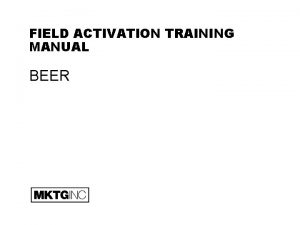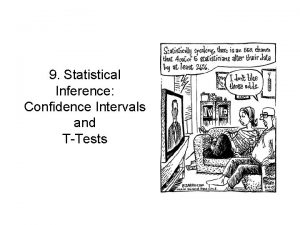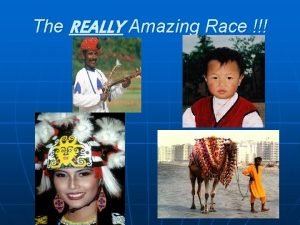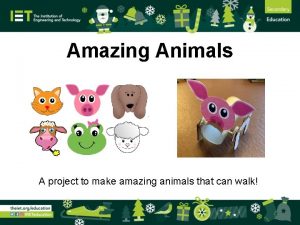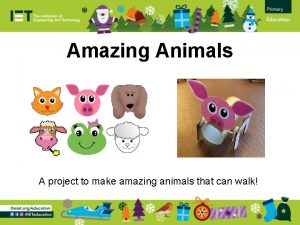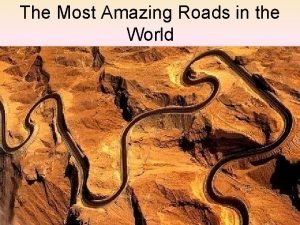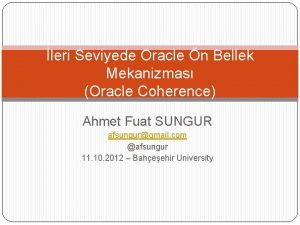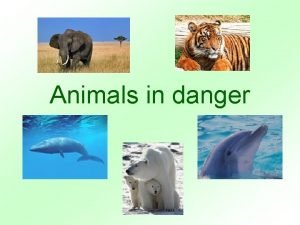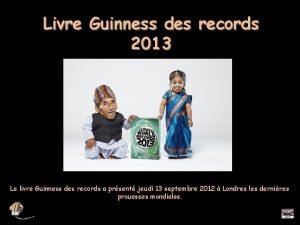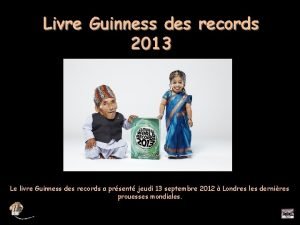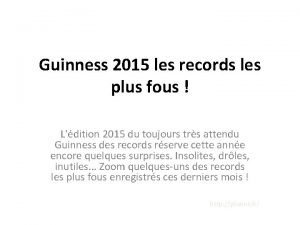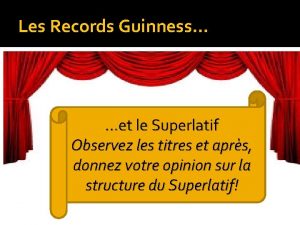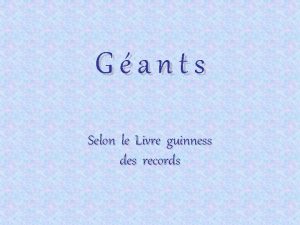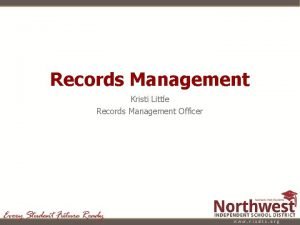Read through the Guinness World Records Amazing Animals

































- Slides: 33


Read through the Guinness World Records: Amazing Animals factsheet. • You could read through this as a class, in pairs, or individually. • Pick your three favourite facts. • Share with the class why they are your favourites. Extra challenge: Imagine you woke up one day as one of your favourite creatures – what would you do with your new abilities? Write a short diary entry.

Adaptations are how living things are specialised to suit their environment. There are two types of adaptation: • Physical – how an animal looks • Behavioural – how an animal behaves Have a closer look at the two examples – which one is physical and which one is behavioural?

As each of the examples comes up, vote whether you think they are physical or behavioural. If you think they are physical, hold up a fist. If you think they’re behavioural, hold up your hand flat.

As each of the examples comes up, vote whether you think they are physical or behavioural. If you think they are physical, hold up a fist. If you think they’re behavioural, hold up your hand flat.

As each of the examples comes up, vote whether you think they are physical or behavioural. If you think they are physical, hold up a fist. If you think they’re behavioural, hold up your hand flat.

As each of the examples comes up, vote whether you think they are physical or behavioural. If you think they are physical, hold up a fist. If you think they’re behavioural, hold up your hand flat.

As each of the examples comes up, vote whether you think they are physical or behavioural. If you think they are physical, hold up a fist. If you think they’re behavioural, hold up your hand flat.

As each of the examples comes up, vote whether you think they are physical or behavioural. If you think they are physical, hold up a fist. If you think they’re behavioural, hold up your hand flat.

As each of the examples comes up, vote whether you think they are physical or behavioural. If you think they are physical, hold up a fist. If you think they’re behavioural, hold up your hand flat.

As each of the examples comes up, vote whether you think they are physical or behavioural. If you think they are physical, hold up a fist. If you think they’re behavioural, hold up your hand flat.

As each of the examples comes up, vote whether you think they are physical or behavioural. If you think they are physical, hold up a fist. If you think they’re behavioural, hold up your hand flat.

As each of the examples comes up, vote whether you think they are physical or behavioural. If you think they are physical, hold up a fist. If you think they’re behavioural, hold up your hand flat.

• Look back at the Guinness World Records: Amazing Animals factsheet – try to identify how these animals have adapted to their environment. • Make a list of physical adaptations and behavioural adaptations for each of the animals. The first one has been done for you:

• Look back at the Guinness World Records: Amazing Animals factsheet – try to identify how these animals have adapted to their environment. • Make a list of physical adaptations and behavioural adaptations for each of the animals. The first one has been done for you:

• Find out about a record-holding animal of your choice. This could be the fastest insect or the bird with the best eyesight. • You could use the Guinness World Records 2018 or the Guinness World Records: Amazing Animals books, if you have them. • You could also use the Guinness World Records website: www. guinnessworldrecords. com • Draw a scientific diagram of your animal, and label it neatly to describe how it is adapted to its environment. You might have to do some extra research. • Extra challenge: Make sure you have a mixture of behavioural and physical adaptations. Explain how each one helps the animal to survive.

A hybrid is something that’s made by combining features from different things. In Greek mythology, a chimera is a hybrid creature made up of a lion, a goat and a snake. We’ve made up our own version of a chimera using seven different animals on pages 28– 29 of the Guinness World Records: Amazing Animals book. Can you identify which parts belong to which record-breaking animals?

Think… • How have we adapted to be able to walk/run? • Why have we adapted to walk on two legs? • How have our arms adapted to help us balance? • How else have our bodies adapted?

Think… • How have we adapted to be able to walk/run? • Why have we adapted to walk on two legs? • How have our arms adapted to help us balance? • How else have our bodies adapted?

Humans are better at running long distances than lots of other animals. Some of the adaptations in the human body help with this. They are labelled on the diagram. These adaptations allowed the first humans to hunt for longer.

Humans are better at running long distances than lots of other animals. Some of the adaptations in the human body help with this. They are labelled on the diagram. These adaptations allowed the first humans to hunt for longer.

Humans are better at running long distances than lots of other animals. Some of the adaptations in the human body help with this. They are labelled on the diagram. These adaptations allowed the first humans to hunt for longer.

Humans are better at running long distances than lots of other animals. Some of the adaptations in the human body help with this. They are labelled on the diagram. These adaptations allowed the first humans to hunt for longer.

Humans are better at running long distances than lots of other animals. Some of the adaptations in the human body help with this. They are labelled on the diagram. These adaptations allowed the first humans to hunt for longer.

Humans are better at running long distances than lots of other animals. Some of the adaptations in the human body help with this. They are labelled on the diagram. These adaptations allowed the first humans to hunt for longer.

Other adaptations that humans have are: • Good hearing – humans have good hearing, which has allowed us to develop speech. • Walking upright – humans walk on two legs, unlike many animals. This freed up the hands of our early ancestors and allowed them to carry weapons for hunting.

Some humans in certain areas of the world have adapted differently to their surroundings. For example, the Sherpa people live in the most mountainous part of Nepal – the Himalayas. They have unique features that enable them to live at high altitude: • Blood vessels work well at high altitude, allowing more oxygen to reach the main organs (for most people, blood flow slows down at great heights, which is why we get out of breath). • Sherpa people’s cells produce more energy from the oxygen they receive, which means that they can stay active for longer.

As you’ve seen on slide 17, we’ve come up with a chimera that’s made out of different animals. Now that you’ve learnt about human adaptations too, we want you to come up with an animal-human hybrid and create a brand new record-breaking superhero! For example, what might happen if we combined an owl with a human? • Would the hero have the largest owl wings – those of the eagle owl – and be able to soar to great heights? • Would they be adapted to high altitudes, like Lhakpa Sherpa? • Would they be able to turn their heads 200 degrees in each direction like an owl – the farthest head rotation for an animal? • What records might this hybrid be able to break?

Think of some other examples of humans mixed with animals. Picture in your mind how the hybrid would look and what records it could break. Write down three ideas.

Think of some other examples of humans mixed with animals. Picture in your mind how the hybrid would look and what records it could break. Write down three ideas. Share your favourite idea for a hybrid with a partner. If you were the hybrids, what could you achieve as a duo?

Think of some other examples of humans mixed with animals. Picture in your mind how the hybrid would look and what records it could break. Write down three ideas. Share your favourite idea for a hybrid with a partner. If you were the hybrids, what could you achieve as a duo? Share your hybrid with the class and your teacher. Are there any ways that the class could improve your hybrid by adding a different animal adaptation?

Here’s an example to help you, but make sure yours is different. Success criteria: • Be creative and original • Draw neatly and be as detailed as you can • Use photos of the Hero’s features to help (e. g. this artist has used a photo of an owl’s eyes to help draw them accurately) • Label what abilities they have as a result of their hybrid – both the animal and the human • Tell us what records they could break • Give them a superhero name Look at the example against the success criteria – how could it be improved?

Guinness World Records is accepting your drawings into their Hybrid Heroes competition! You could be in with a chance to win some amazing prizes: • A Guinness World Records hands on workshop at your school, with Editor-in-Chief, Craig Glenday! • A Guinness World Records goody bag including the Guinness World Records collection, stationery set, notebook, headphones and hoodie. • A copy of the Guinness World Records 2018 book for everyone in your class. • Nine runners-up will also win goody bags. For more details on how to enter, read the instructions carefully on the competition entry form.
 Guinness the 1798 limited edition
Guinness the 1798 limited edition Z distribution and t distribution difference
Z distribution and t distribution difference Guinness fabrication
Guinness fabrication Amazing race thailand
Amazing race thailand Amazing animals project
Amazing animals project Amazing animals project
Amazing animals project Sin entered through one man
Sin entered through one man Most amazing roads in the world
Most amazing roads in the world What is decanting in brave new world
What is decanting in brave new world Https://a-z-animals.com/
Https://a-z-animals.com/ Consumers producers and decomposers
Consumers producers and decomposers Animals that eat both plants and animals
Animals that eat both plants and animals Carnivore
Carnivore Engineering world records
Engineering world records Unity and coherence
Unity and coherence Read through the syllabus
Read through the syllabus How many animals are there in the world
How many animals are there in the world Furcation
Furcation Methods of timber conversion
Methods of timber conversion Night of the scorpion ppt
Night of the scorpion ppt Hình ảnh bộ gõ cơ thể búng tay
Hình ảnh bộ gõ cơ thể búng tay Frameset trong html5
Frameset trong html5 Bổ thể
Bổ thể Tỉ lệ cơ thể trẻ em
Tỉ lệ cơ thể trẻ em Voi kéo gỗ như thế nào
Voi kéo gỗ như thế nào Tư thế worm breton là gì
Tư thế worm breton là gì Hát lên người ơi
Hát lên người ơi Các môn thể thao bắt đầu bằng tiếng bóng
Các môn thể thao bắt đầu bằng tiếng bóng Thế nào là hệ số cao nhất
Thế nào là hệ số cao nhất Các châu lục và đại dương trên thế giới
Các châu lục và đại dương trên thế giới Công thức tính độ biến thiên đông lượng
Công thức tính độ biến thiên đông lượng Trời xanh đây là của chúng ta thể thơ
Trời xanh đây là của chúng ta thể thơ Mật thư anh em như thể tay chân
Mật thư anh em như thể tay chân Làm thế nào để 102-1=99
Làm thế nào để 102-1=99
